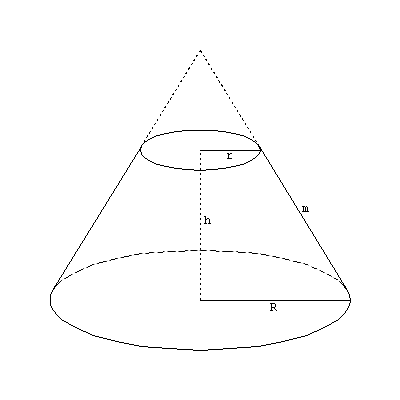
The Greek philosopher Democritus propounded this puzzle in the fourth century B.C.E.:
If a cone were cut by a plane parallel to the base, how must one conceive of the surfaces of the segments: as becoming equal or unequal? For being unequal, they make the cone irregular, taking many step-like indentations and roughnesses. But if they are equal, the segments will be equal and the cone will appear to have the property of the cylinder, being composed of equal, and not unequal, circles; which is most absurd.
If the cone’s cross section is increasing continuously, how can the two faces created by a cut fit together? It seems that one must be larger than the other, and yet at the same time it can’t be. How can we make sense of this?
